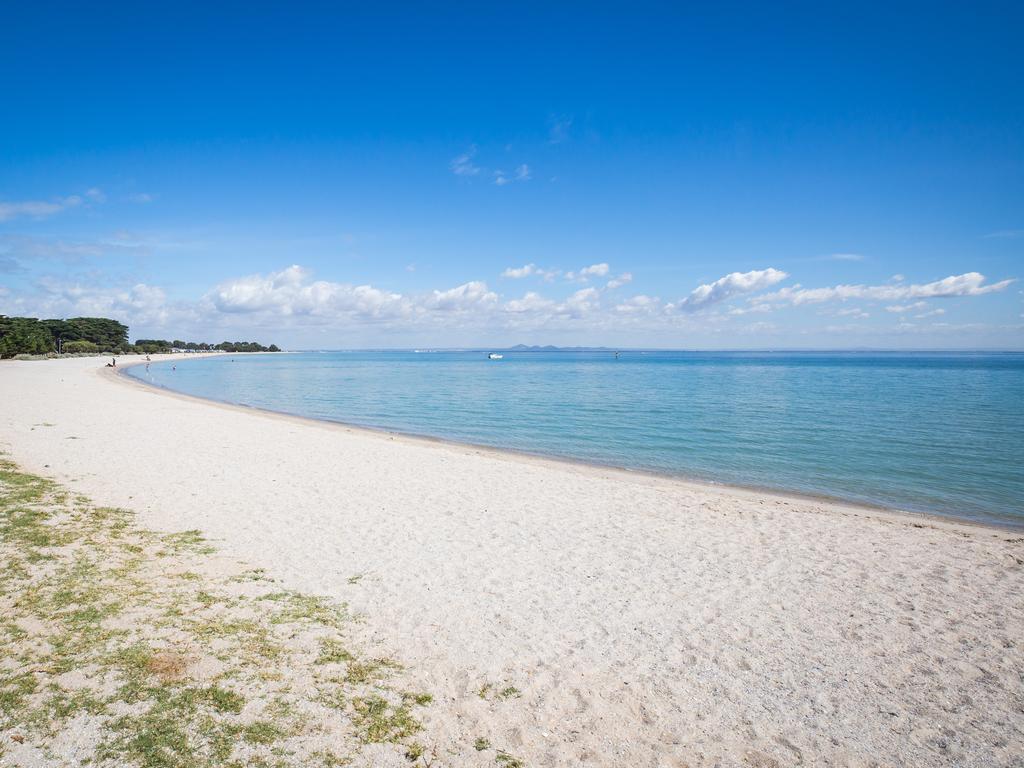
The Environment Protection Authority Victoria (EPA) monitors microbial water quality at Port Phillip Bay beaches and along the Yarra River. Yarra River monitoring is undertaken in partnership with Melbourne Water.
Beach water analyses measured levels of a group of bacteria called enterococci. Yarra River analyses measured levels of a group of bacteria called E. coli. EPA uses these bacteria levels (referred to as microbial water quality) as an indicator of faecal pollution and subsequent risk to public health, based on the Environment Reference Standard (ERS) of Victoria (a legislative instrument made under the Environment Protection Act 2017). For more information see EPA’s website.
ERS contains long-term standards for microbial water quality. The purpose of the long-term standards, for water managers, is to better understand potential health risks due to water quality and inform the long-term management of faecal contamination for better health outcomes. Long-term standards link the concentration of the indicator bacteria in the water to the risk of illness associated with recreational contact. The standards are based on the best science available and take a precautionary approach for assessing water quality.
EPA has recently adopted stricter standards for assessing long-term microbial water quality. The new stricter standards are aligned with the National Health and Medical Research Council (NHMRC) Guidelines for Managing Risks in Recreational Water (2008). The standards reflect the Victorian Government’s commitment to protecting public health.
Assessment of long-term microbial water quality is based on microbial water quality data (using long-term standards) and an assessment of the likelihood of faecal pollution. EPA compiles microbial data (that is, E. coli or enterococci) from the previous 5 summer periods to produce a 95th percentile microbial level for a site. A 95th percentile means the point where 5% of sampling data points will exceed a value. This value is compared to the long-term standards and assigned a Microbial Assessment Category (MAC) between letters A and E.
EPA also conducts a sanitary inspection at each site to assess potential sources of faecal pollution. EPA assigns a Sanitary Inspection Category (SIC) to each site, ranging from Very Low to Very High (susceptibility to faecal pollution). Follow-up indicates either more information or data is needed to explain a difference between the SIC and the MAC, or the site is not suitable for any contact recreation (MAC E) and follow up action must be taken.
To assess if a site meets standards for primary contact recreation (for example, swimming), EPA combines the MAC and SIC for each site to determine a long-term grade.
- A Very Good, Good or Fair graded site has microbial levels meeting long-term standards for primary contact recreation.
- A Poor or Very Poor graded site does not have microbial levels meeting long-term standards for primary contact recreation.

| Status (Grade) | Description |
|---|---|
| Very Good | MAC A with low or very low SIC or MAC B with very low SIC. |
| Good | MAC A with moderate or high SIC or MAC B with low or moderate SIC. |
| Fair | MAC B with high SIC. |
| Poor | MAC C with moderate, high or very high SIC or MAC D with moderate SIC. |
| Very Poor | MAC D with high or very high SIC. |
| Follow-up | MAC A or B with very high SIC or MAC C or D with very low or low SIC or MAC E. |
To assess if a site meets standards for secondary contact recreation (for example, boating, canoeing), the MAC must be no greater than D.
Two grades are calculated for each site: all weather and dry weather.
All weather status uses microbial data from wet and dry conditions, including samples taken during and after rain. Stormwater pollution can cause high microbial levels in these samples.
Dry weather uses microbial data from dry conditions when there has not been recent rainfall. The current method for removing wet weather data may not result in all wet weather data being removed. As a result, these grades are only indicative of dry conditions. EPA is doing further work to improve data quality and ensure dry weather reflect dry conditions.
Possible sources of microbial pollution during dry weather are:
- Dry weather flows from drains (caused by something other than rainfall, such as sewage cross-connection, sewage spill, sewer leak, residential discharge or business discharge).
- People swimming (shedding of bacteria into the water).
- Damaged toilet facilities, or facilities with septic tanks or on-site systems that could leak sewage.
- Sewer spills.
- Animal faeces.
- Creek and river flows reaching sites, as they can carry their own run-off.
- Microbial pollution water with high microbial levels reaching beaches from boat discharge.
The trend is determined by the change in grade from the previous reporting period, either Improving, Declining or Stable.
Grades are reported as provisional if minimum data required is not available for MACs (for example, due to removal of wet weather data for analysis of dry weather conditions), or sanitary surveys needing external review. Provisional grades are still indicative of long-term microbial water quality condition and their reporting is allowed under the NHMRC Guidelines for Managing Risks to Recreational Waters (2008). All the grades reported for Port Phillip Bay are provisional.
Page last updated: 17/04/24